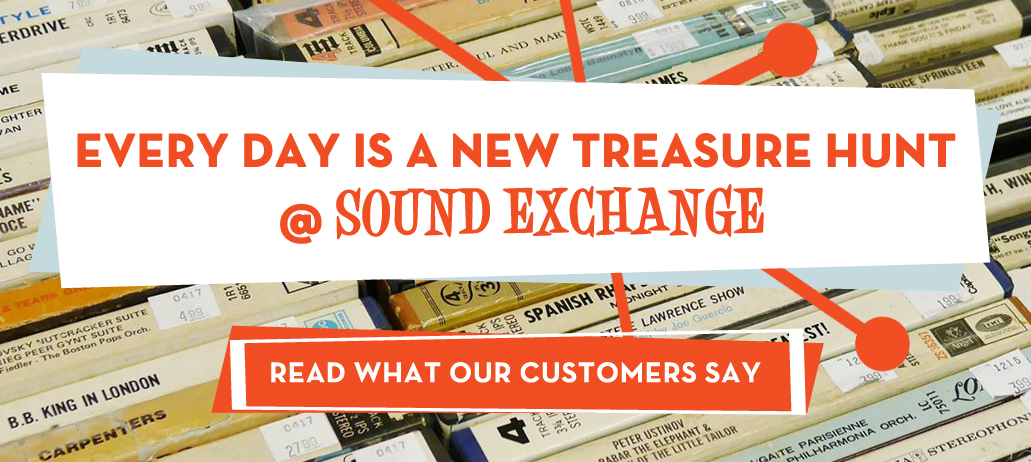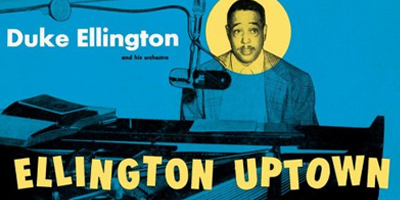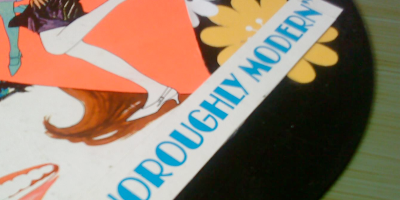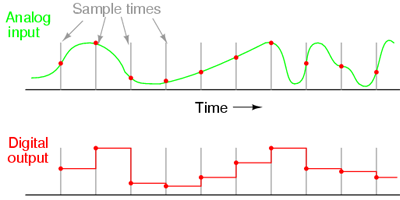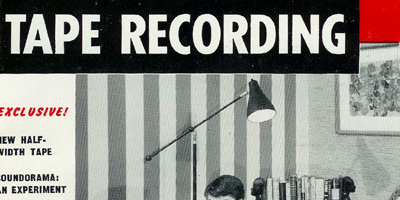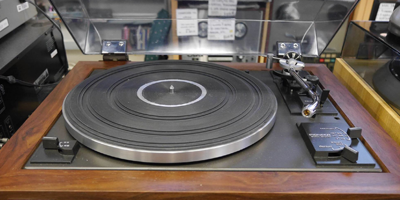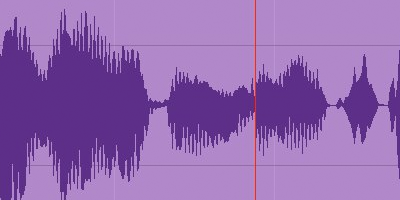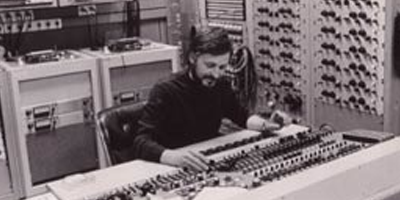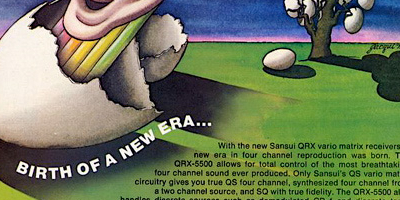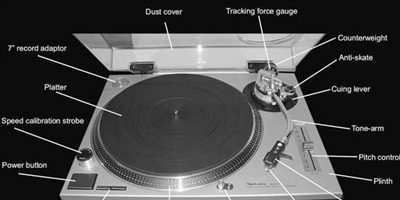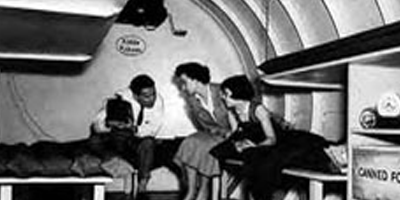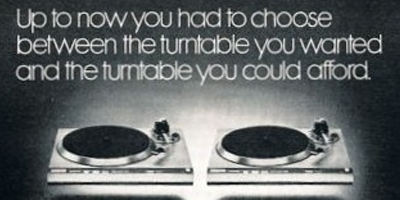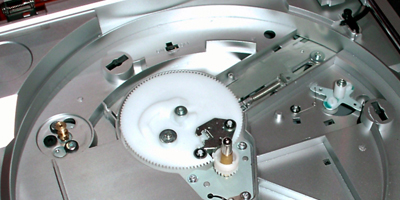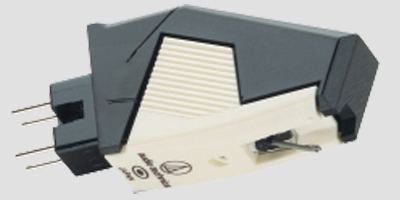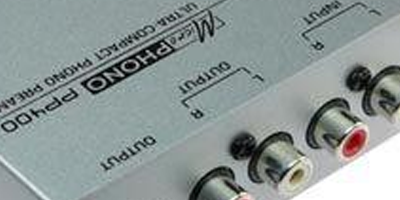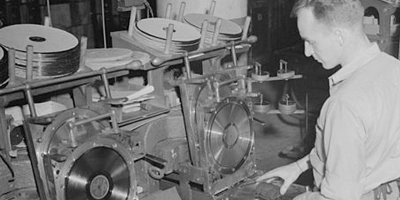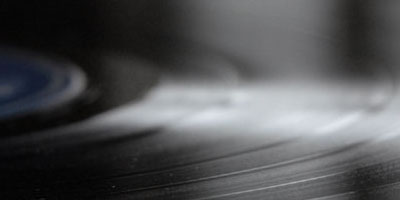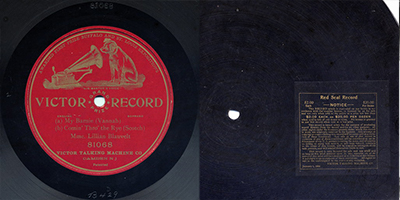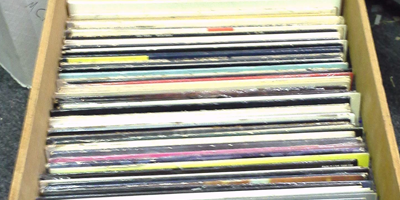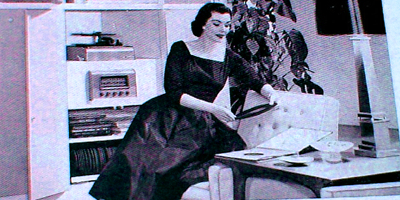At Sound Exchange we use visual grading (as opposed to play grading) for our records. We do not grade jackets, only the vinyl itself. On our tags for bagged records (typically those $5.99 and above), you will see a grading listed as one of the following:
- Sealed: Never been opened; still enclosed in its original shrink wrap.
- M-: Mint Minus is the highest rating we give a used record. Also referred to as near-mint, it looks nearly new.
- VG++: Very Good Plus Plus means there may be one or two minor, inaudible marks or minor paper scuffing, but it is in excellent shape.
- VG+: Very Good Plus indicates there are some scratches or minor groove wear, but nothing that should be audible. This will play great.
- VG: A record rated Very Good has a significant number of inaudible scratches, or one or more scratches that you will be able to hear during play (pops or clicks), or more significant groove wear, or some pressing imperfections like bubbling. Still, nothing that should cause a skip. This is the first grading on the scale that allows for a scratch that can be felt/heard with the tip of your fingernail.
- VG-: Very Good Minus indicates a significant number of scratches that will be audible. Still, nothing that should cause a skip. You’ll only find rarer records with this rating; normally, records in this condition would be in the budget bin or not sold at all.
- G : You won’t usually find records rated down the scale at “Good” in our stores. If you do see records rated Good at Sound Exchange, it generally tells you that a. it’s a very rare record, or b. the cover is rare, and we want to offer that for sale even if the accompanying record doesn’t meet our quality standards. An example would be the lenticular cover from first pressings of the Rolling Stones’ Their Satanic Majesties Request.
We consider both the quantity and quality of marks when grading a record. A record with a single mark that can be felt with the tip of your fingernail will almost always be graded lower than a record with three similarly sized marks that can not be felt. But defects are cumulative, so a record with eight marks that can’t be felt will be graded lower than the record with two similarly sized marks that can’t be felt. No two records have exactly the same marks or wear; there is always some subjectivity involved in grading. Two VG records can look very different from one another. Therefore, grading should get you into a range of condition, but you should inspect each record to make your own conclusion.
Note that grading standards do not change based on the age of the record. In other words, there’s no such thing as “VG+ for its age.” The same criteria used in grading a record pressed in 1965 exist for one pressed in 2015.
A record doesn’t always play like you think it will, based on how the vinyl appears visually. You’ll find that records pressed in the 1950s-60s, for example, often sound much better than they look. And of course, performance is also dependent on external factors such as the quality of your turntable and proper weighting of your tonearm.
While there are certainly standards for each grade, two people might look at a record and assign it different grades. We currently have three vinyl graders at Sound Exchange. We do our best to “calibrate” with each other so that our customers can rely on what a particular grade means across the three stores.
Customers are welcome to take any bagged record to a clerk at the counter to inspect the vinyl for themselves before purchasing. We especially encourage this with new customers so they get comfortable with our grading system.
 Sign Up For Our Newsletter
Sign Up For Our Newsletter


